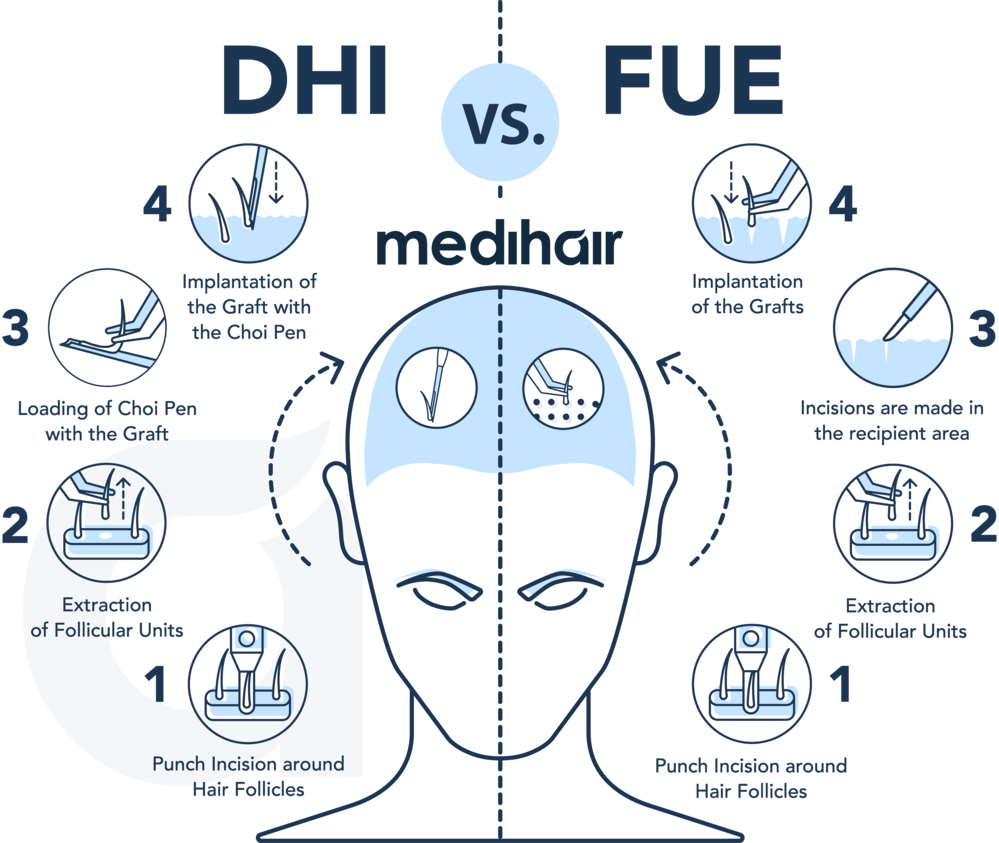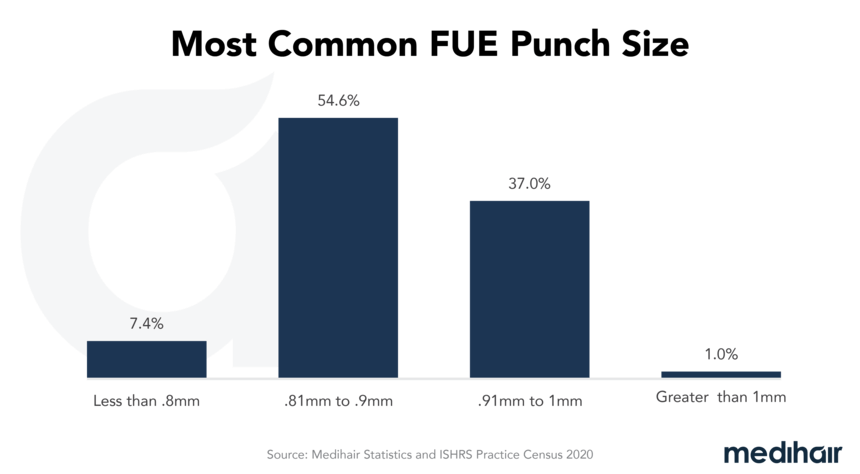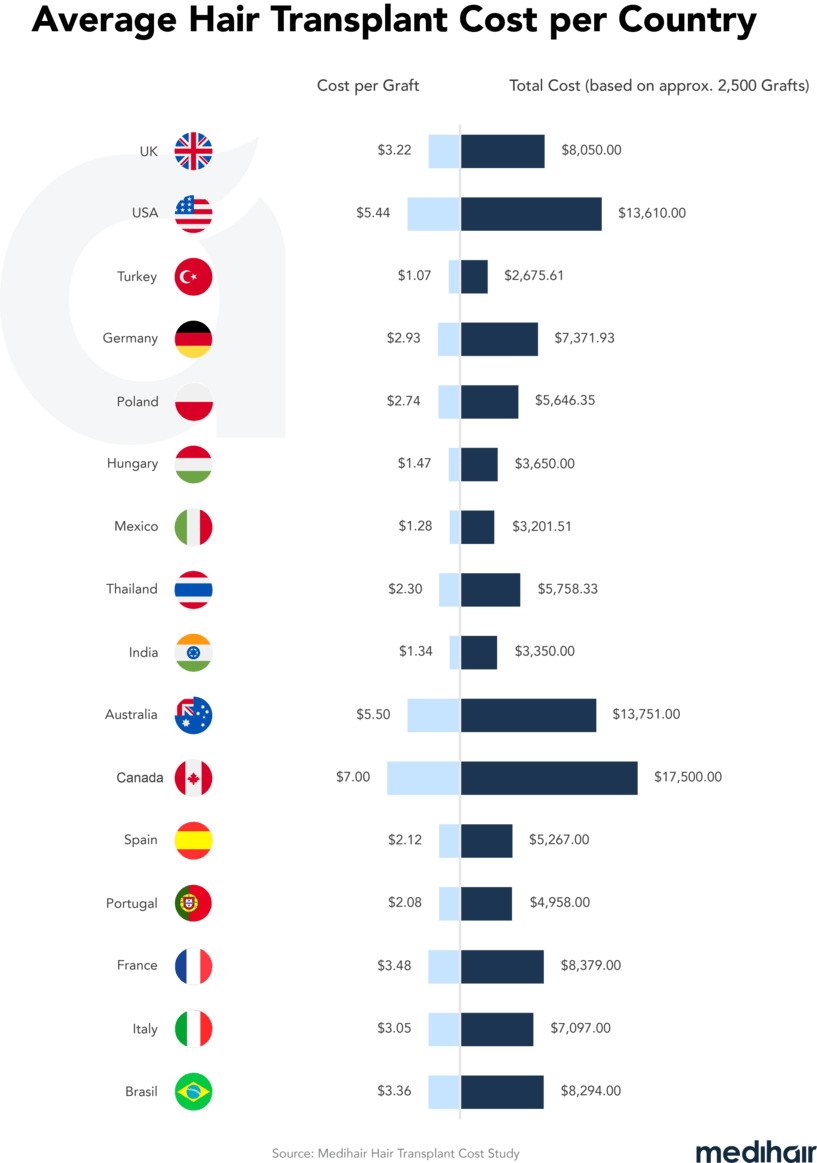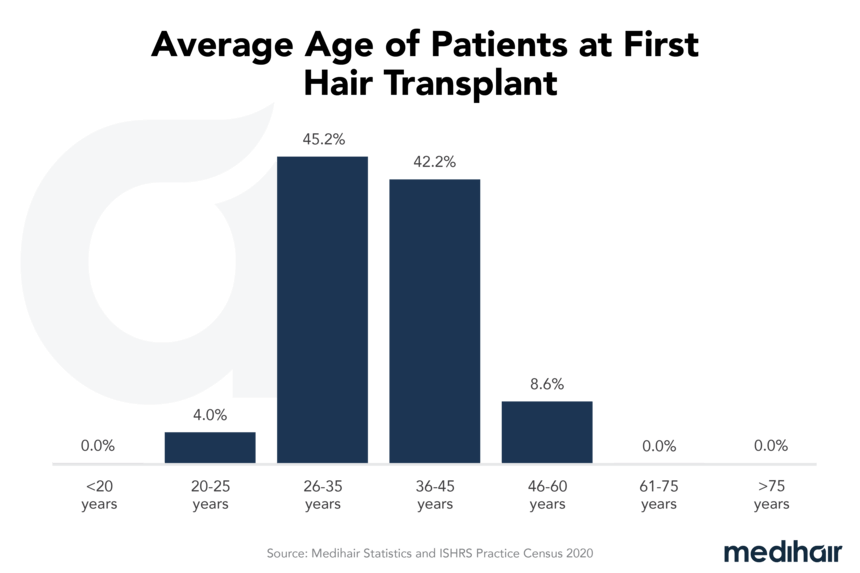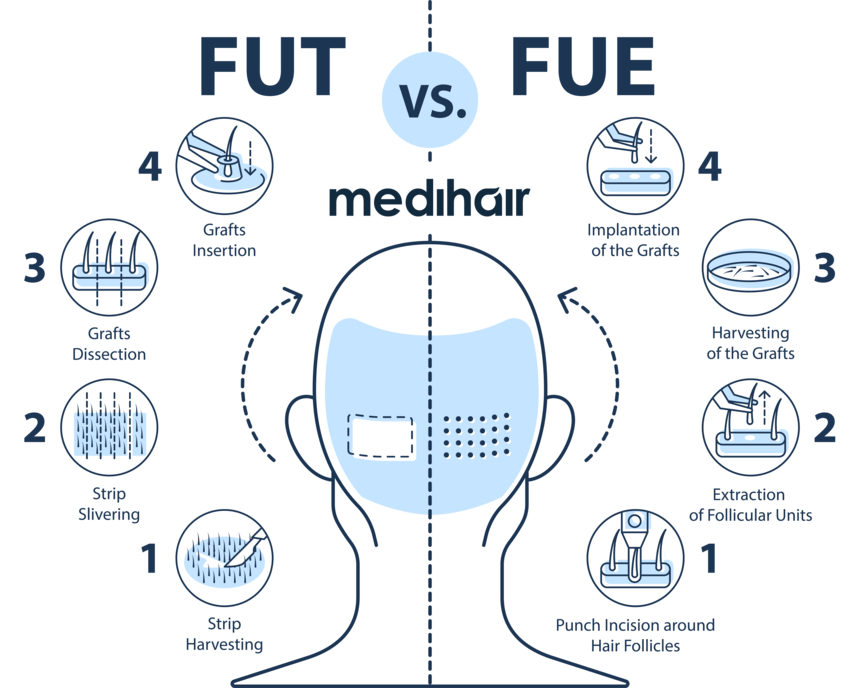DHI Hair transplant

Hair loss is a common problem for many men and women. It is believed that around 85% of men face hair thinning by the age of 50. One of the most effective solutions are hair transplants. Lately the new hair transplant method DHI gained popularity. What is the experience with DHI? Are there any risks? Learn everything on this page.
Facts
| Pros | Higher graft survival rate etc. |
| Cons | More expensive etc. |
| Side effects | Reaction to anesthesia, infection etc. |
- Free
- Fast
- Non-binding
| Pros | Cons |
|---|---|
| The DHI hair transplant has a higher graft survival rate because the grafts spend less time outside of the body and thus have a lower risk of getting damaged. | One of the biggest cons of DHI hair transplant is that it is usually more expensive than other methods. It is explained by the specialized equipment needed to perform the procedure as well as special additional training for surgeons. |
| There is a significantly lower risk of bleeding in the recipient area. Moreover, the recovery time is faster than after other methods. | Another disadvantage is that the DHI transplant procedure usually takes more time, for example, FUE for the same number of grafts. |
| The recipient area does not require shaving to perform DHI, so it is suitable for patients with longer hair. | The surgeon requires a lot of skill and knowledge as implantation places are not mapped in advance. |
Frequently Asked Questions
Which is better, DHI or FUE?
Is DHI better than sapphire FUE?
Is DHI hair transplant permanent?
Does DHI leave scars?
How much does DHI cost?
Sources
